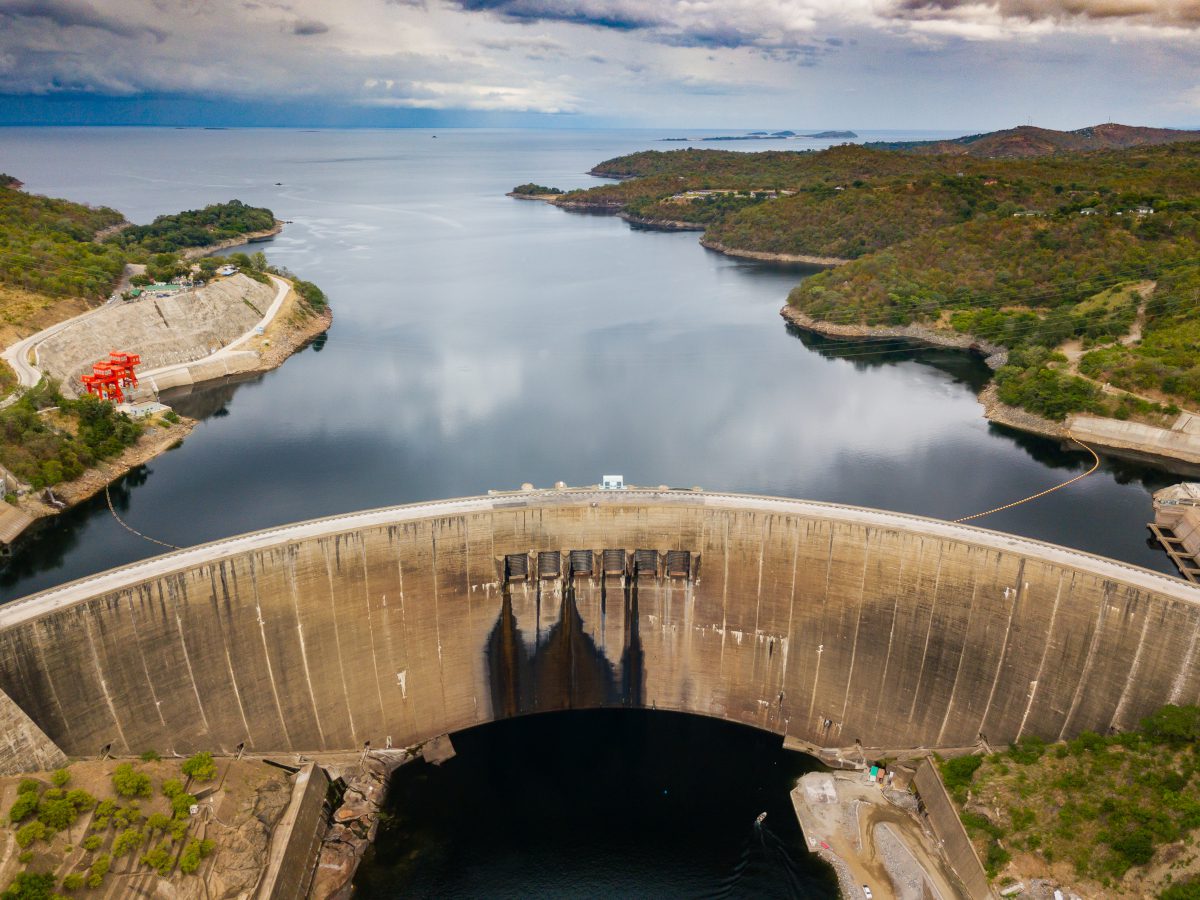Seemingly the first international open access database of its kind, Ramboll CO2mpare is a carbon analysis benchmark database that lets buildings industry actors and governments to compare and benchmark their carbon reduction strategies. It is currently being used with more than 130 buildings projects across six countries, and was officially launched at the Buildings and Climate Global Forum in Paris, in March. Ramboll offers more detail on the initiative.
The built environment significantly impacts society and nature. Worldwide, buildings are responsible for 37% of global energy-related CO2 emissions, 34% of energy demand, and 50% of materials consumed.
Better quality and more consistent data are critical to improving the sustainability of buildings, as this lets industry and policymakers draw comparisons and set sustainability benchmarks for specific building types. Until now, this data has not been shared publicly, leading to slower uptake of best-practice solutions.
“We have a huge problem with the climate impact of buildings. The only way we can move forward is by sharing knowledge about what works and what does not work,” says Lars Riemann, Executive Director for Buildings at Ramboll, a global architecture, engineering, and consultancy company. “As one of the leading advisors in the field, we see it as our responsibility to share our knowledge,”
Closing the data gap
With Ramboll CO2mpare, the company’s experts have developed a benchmarking database of building carbon footprints covering 10 different building typologies across their lifecycle.
“With the data we make available now, the key stakeholders in the building industry receive valuable input to their analysis basis,” Riemann explains. “This transparency is expected to contribute to ambitious carbon targets for their building portfolios.”
Ramboll CO2mpare is the first open access tool of its kind, providing more than a hundred projects within different building typologies in an interactive interface. Initially, the majority of projects are located in Northern Europe. Data from most continents will be consistently incorporated, and on an ongoing basis, to develop a more comprehensive global understanding of building decarbonisation.
”To achieve a net zero built environment, we need urgent action and radical collaboration among all industry stakeholders, and that is why I applaud the steps Ramboll is now taking to create an open, shared data ecosystem,” says Roland Hunziker, Built Environment Director at the World Business Council for Sustainable Development (WBCSD). “Harnessing data is one of the key interventions we have identified in the Market Transformation Action Agenda to deliver a transformation of the buildings market, and I hope other industry actors will follow Ramboll’s lead.”
The growing demand for more sustainable buildings is driven by both upcoming regulation and science-based targets for carbon emissions reduction. With ever increasing pressure to reduce carbon, investors and developers need to understand the typical level of carbon in buildings to make informed decisions. The assumption is that the lower carbon footprint your building has, the more interest there is to invest in it or be a tenant of it.
“Property developers and contractors want to reduce CO2 in their projects and ensure that it is an attractive investment object, and this new database is designed to help all industry actors benchmark their targets. And they have the investors behind them when, e.g., pension funds put their money into funds and decide that the fund should invest in buildings with targets for low carbon emissions,” Lars Riemann adds.
The Buildings and Climate Global Forum follows the successful launch of the Buildings Breakthrough at COP28, an initiative that aspires to make near-zero-emission and resilient buildings the new normal by 2030, and which is supported by 28 governments and the European Commission,
Lora Brill, Ramboll’s UK Head of Sustainability for Buildings, comments: “For a new building at least 50% of its whole life carbon has been released before it is even used. However embodied carbon emissions are rarely measured and mostly unregulated. We want to change that. Data is key to driving the decarbonisation and resilience of the buildings and construction sector.
“Data can inform regulation like that advocated by Architects Declare’s ‘Building Blocks’ manifesto, industry initiatives like the UK Net Zero Carbon Building Standard, and benchmarking by individual owners and developers. Sharing this data is part of an ongoing conversation that Ramboll is having with the UK buildings industry and our clients. Let’s embrace radical collaboration to make a more sustainable UK buildings industry.”
Visit Ramboll CO2mpare to explore more https://ramboll.com/co2mpare.


















